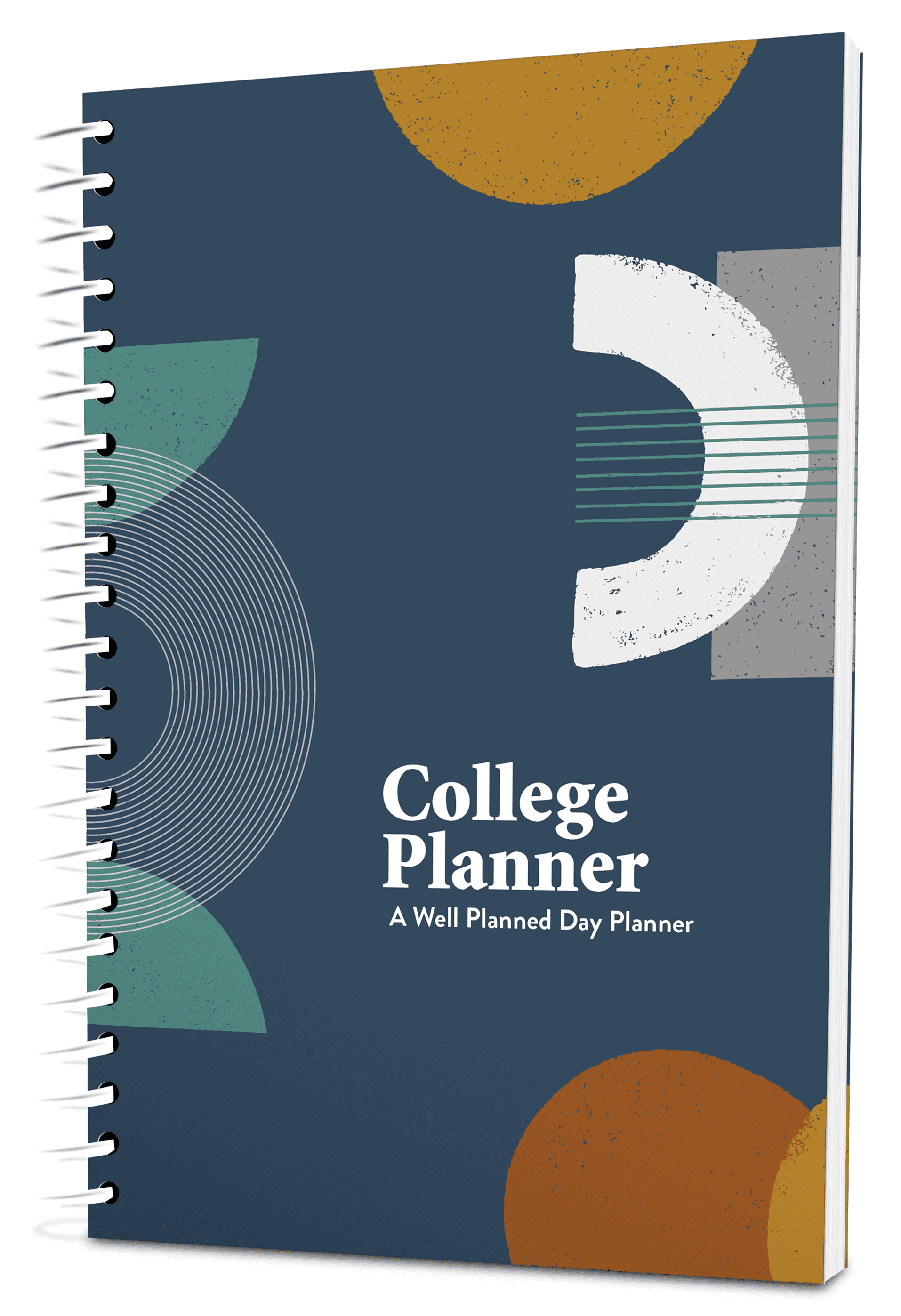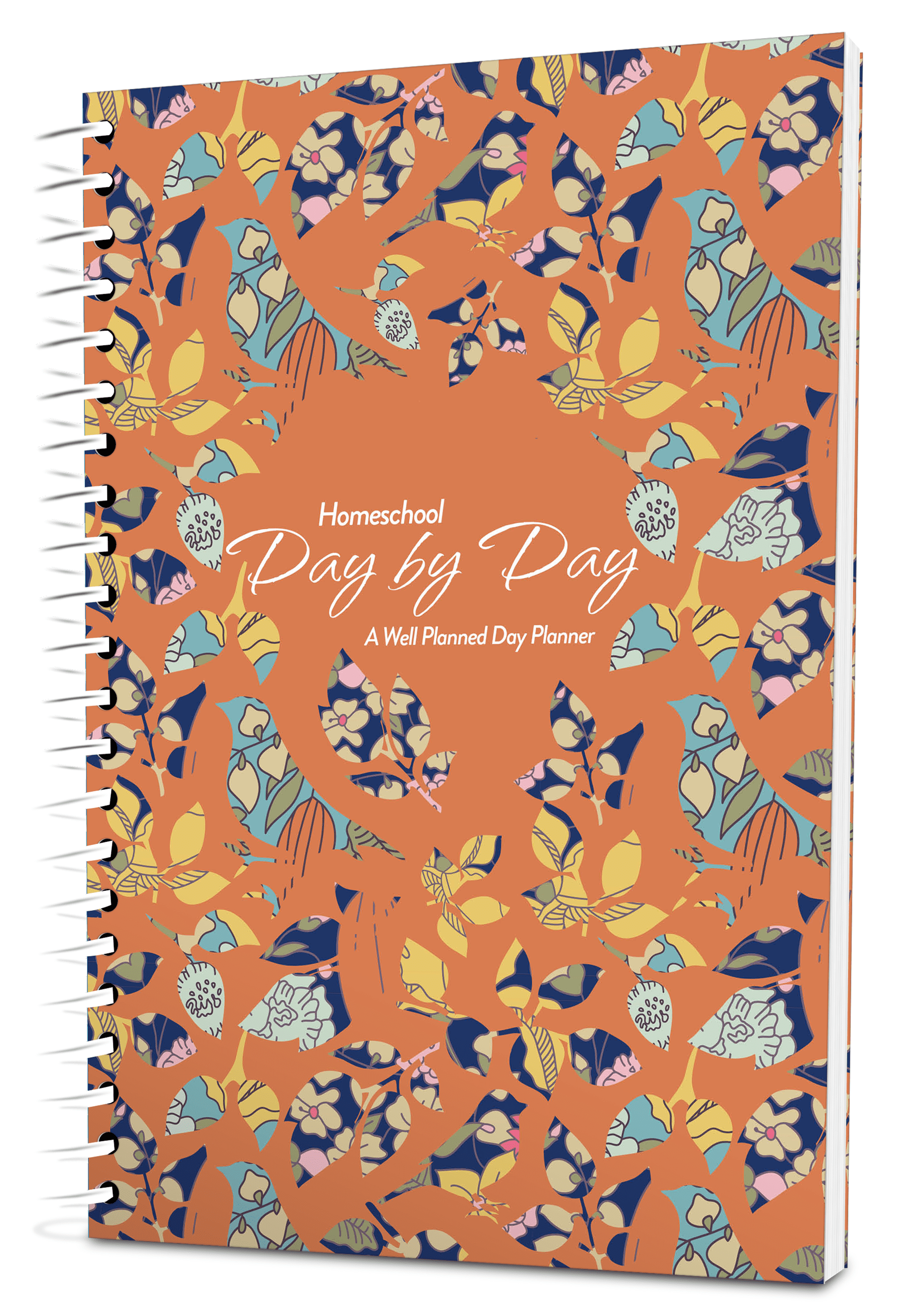What Are Learning Styles?
Although we all take in information through our senses, we process this information differently. While every individual’s learning preference is unique, researchers in the fields of psychology and education have divided them into three main categories called learning styles: visual, auditory, and kinesthetic.
Three Types of Learners
Here is a summary of each of the three types of learners.
Visual Learners
Visual learners like to see what they are learning and tend to be distracted by oral stimuli. You most likely have a visual learner if he takes notes or draws pictures during a lesson, remembers information that is in written format, and enjoys graphs, charts, pictures, and colorful illustrations. A visual learner often closes his eyes when recalling information or answering a question, prefers books and stories that use imagery-rich language, and learns best when information is organized and sequential.
Auditory Learners
Auditory learners retain information through hearing and speaking. They more easily remember oral directions. If you have an auditory learner, he or she may verbalize while reading, prefer to be told how to do things, talk to himself, and hum. Many auditory learners show musical talent and enjoy group discussions. An auditory child may learn best when soft music is playing during study time.
Kinesthetic Learners
Kinesthetic learners are hard to miss. This is the child who is constantly being told to sit down or quit touching things. While this learner may not be able to recall much of what is seen or heard, she will remember what she has done. Your kinesthetic learner will most likely need activity and movement during study time and require frequent breaks. She may use hand motions or gestures and tap her foot or hand while listening. This child will often learn best using manipulatives and enjoy activities that involve experience and practice.
Points to Ponder
Here are a couple of practical considerations for your family.
Learning to Adapt
It is important to realize that the real world does not always allow for learning styles and students do need to learn to adapt when information is not presented in their preferred style. This can be accomplished by choosing to teach using a variety of methods, incorporating techniques that utilize your child’s learning style while challenging growth in other areas.
Teaching All Styles
It is possible to meet the needs of all three learning styles while covering a single topic. For example, if a family is studying electricity in science, the parent could read aloud a book about electricity. If the books contains colorful photographs or illustrations, both the auditory and visual learning styles will be met. After the reading, a discussion will help the auditory learner process what has been read, while a visual learner could copy a diagram from the book. Next the family could complete an exciting electricity experiment allowing the kinesthetic learner to process what has just been read.
A Few More Thoughts
Homeschool parents have the ability to individualize instruction for their children. Identifying your child’s learning style and using that information for planning instruction and assessments can reduce stress for both you and your children, making for a more pleasant school day for everyone.













